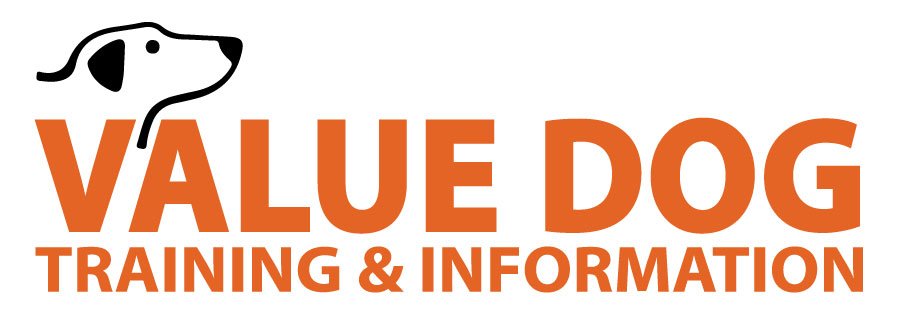Fun and Easy Dog Tricks
Teach your puppy or dog to do trick can be fun and rewarding for you and your dog. most people think of dog training, they think of the basic dog training commands—down, wait, here. While those things are important, teaching a dog to do tricks also show your dog ability to do fun command.
Dog tricks are a great way to offer your dog mental stimulation, and many of them build from basic commands. It's a lot of fun to train your dog some fun dog tricks to show off for friends!
Shake
Teaching a dog to Shake Hands is generally pretty easy because some dogs naturally raise their paw when asking for a treat. Start by putting your dog in a "Sit" position. Then, put a treat in your hand and slowly move it towards the ground near the dog's paw.
As the dog raises its paw in anticipation, use the verbal cue "Shake," give it the treat, then praise your dog enthusiastically. As you practice this, hold your hand gradually higher so the dog must raise its paw higher to gain the treat. Your goal is to have the dog raise its paw to chest height.
Keep practicing, and always use the same paw for training. Eventually, once the dog holds its paw up on command, you can switch to the other paw. The key here is to use another command such as "Other," so the dog learns that one command works for its right paw and the other for its left. Once your dog is shaking hands on command, you can start to eliminate the treats and offer happy praise instead.
High Five
Teaching a dog to give a High Five is generally pretty easy once your dog know the command Shake. Start by putting your dog in a "Sit" position, hold your palm out, and as the dog hits your palm, give the command "High Five." Treat and praise your dog immediately. Your goal here is to get the dog to raise its paw as high as possible and to touch your open palm.
As you practice this, hold your hand gradually higher so the dog must raise its paw higher to gain the treat. Your goal is to have the dog raise its paw to chest height.
Keep practicing, and always use the same paw for training. Eventually, once the dog holds its paw up on command, you can switch to the other paw. The key here is to use another command such as "Other," so the dog learns that one command works for its right paw and the other for its left. Once your dog is shaking hands on command, you can start to eliminate the treats and offer happy praise instead.
Bow
Firstly, have your dog standing in front of you, and you can kneel or sit on the floor. Then, take a treat hidden in your hand and move your hand under your dog’s head, towards his/her back legs. You will then see your dog trying to follow the treat, stretching his front legs. He or she should leave his bum up, like their stretching position with front legs stretched and bum in the air.
He or she might lie down completely, in this case, don’t give the treat and instead, tell your dog to stand and try again. Once you get him/her to do the position, introduce the verbal cue “Bow”, so your dog get used to the word and associates it with the cue and position. Little by little, wait more time to release the treat and then stop moving your hand and just give the cue.
Try again later in the day for another five to 10-minute session. Eventually, your dog should understand that the command and the bow process are directly linked. After your dog Bow when asked, you no longer need to offer a treat each time. Always praise your dog when it performs correctly, and don't get frustrated if it doesn't seem to be catching on right away. Stop the session if you can't stay calm and relaxed.
Roll Over
Put your dog in a "Down" position. Then, put a treat in your hand and move your hand slowly behind your dog's neck. Your goal is to get your dog to turn its head backward without standing up.
Then, as its head reaches back to sniff the treat, gently roll it over. As soon as your dog rolls over, give it the treat and praise your dog enthusiastically. Repeat the process and as you start to roll it over, say the command "Roll Over," and when it goes entirely over, treat it and give praise again. Do this for five to 10 minutes.
Try again later in the day for another five to 10-minute session. Eventually, your dog should understand that the command and the rolling process are directly linked. After your dog rolls over when asked, you no longer need to offer a treat each time. Always praise your dog when it performs correctly, and don't get frustrated if it doesn't seem to be catching on right away. Stop the session if you can't stay calm and relaxed.
Value Dog Training - For more information, contact us at 916-201-7080.
Value Dog Training - Mission is to improve the quality of life for dogs, and the people who love them.
© Value Dog Training. All Rights Reserved.
